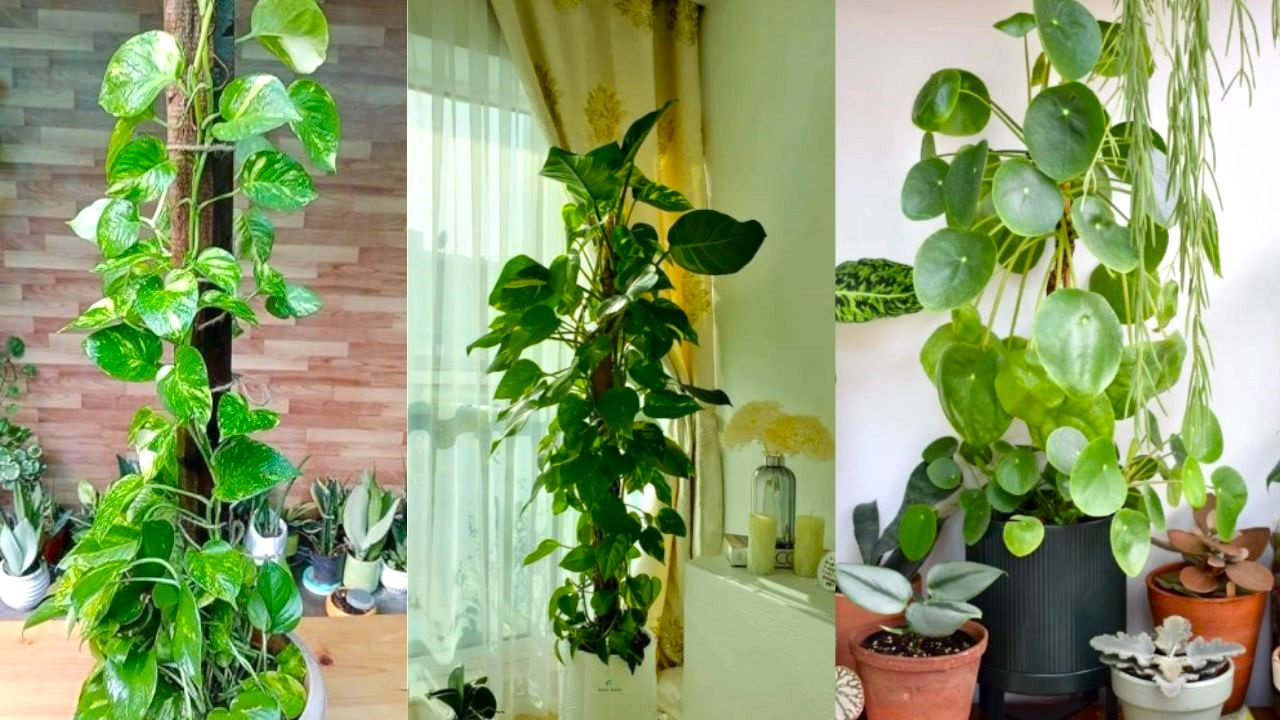If there is one plant that almost every Indian home has, it’s the money plant. Known as the “plant of wealth and luck,” it has been a favorite for decades and in 2025, its popularity is only growing stronger.
The reason is simple: this little green beauty is not only easy to grow but also deeply connected with prosperity, positivity, and good vibes.
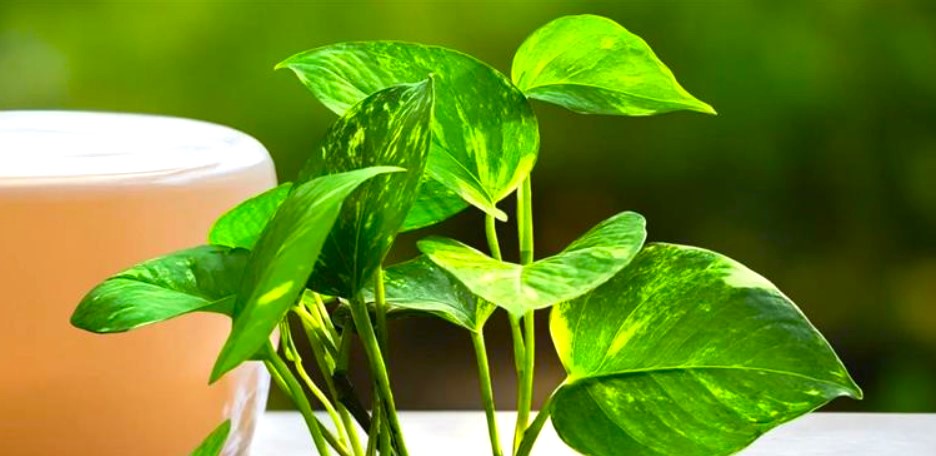
You can grow it in a bowl of water, a hanging pot, or rich garden soil. It doesn’t demand too much care, making it perfect for beginners who often struggle with houseplants. But the money plant isn’t just about easy care it is also about beliefs, energy balance, and style.
From Vastu Shastra to Chinese Feng Shui, the plant is celebrated worldwide as a symbol of good luck, while also improving air quality indoors.
In this complete 2025 guide, we’ll cover:
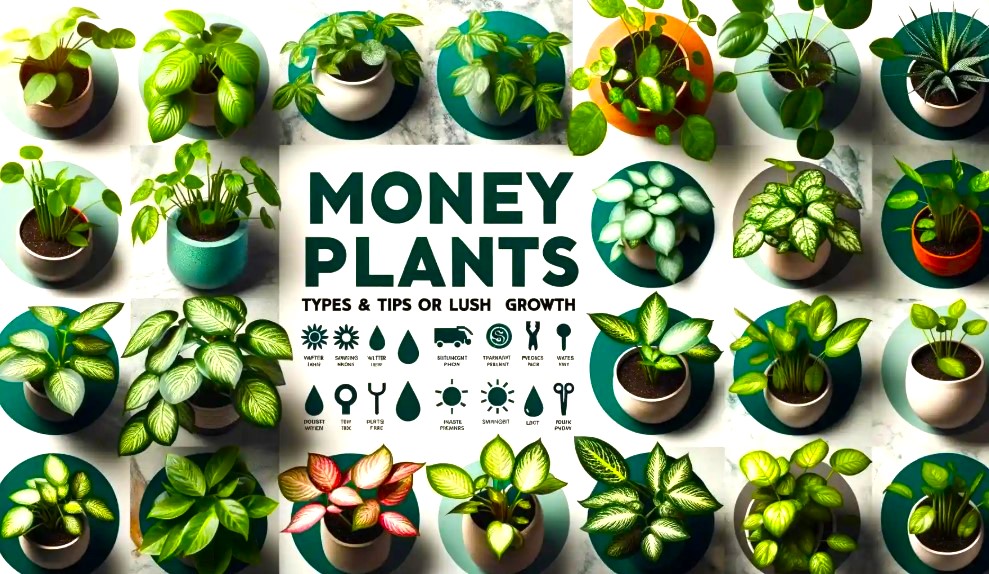
- What a money plant really is (botanical name, types, and origin).
- Why it’s called the money plant and the stories behind it.
- The biggest benefits of money plant health, vastu, feng shui, and home décor.
- Where to place money plant at home as per vastu for maximum positivity.
- Step-by-step guide on how to grow money plant in water and soil.
- How to take care of money plant to keep it healthy and fast-growing.
- Common problems and easy solutions.
By the end, you’ll know exactly how to grow, style, and care for your money plant in 2025 so it thrives in your home.
What is a Money Plant?
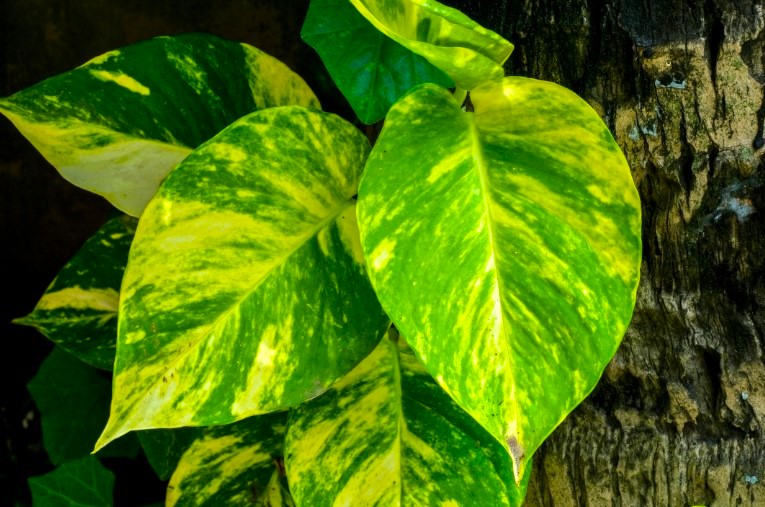
The money plant is not a single species but a name given to several plants believed to bring prosperity. The most popular variety in India is Epipremnum aureum, also called Golden Money Plant, Pothos, or Devil’s Ivy.
Varieties You Should Know:
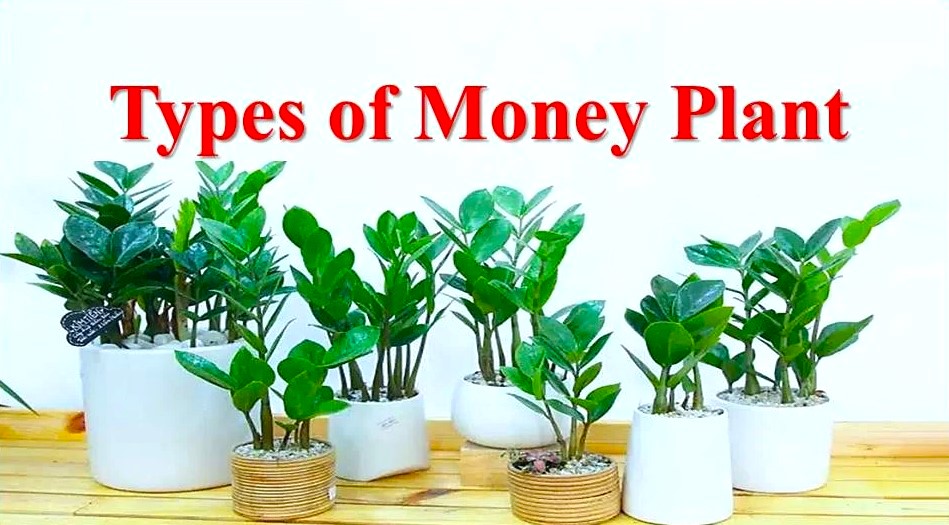
- Money Plant Botanical Name – Epipremnum aureum: The classic golden variety with green and yellow heart-shaped leaves.
- Chinese Money Plant (Pilea peperomioides): A round-leaf plant highly valued in Feng Shui, believed to attract financial luck.
- Money Tree Plant (Pachira aquatica): Known for its braided trunk, commonly placed in offices and business places.
- Golden Money Plant: The most common indoor type in India, often grown in soil, hanging pots, or bottles of water.
Why is it Called Money Plant?

There are a few popular beliefs:
- Its round, flat leaves look like coins, which is why people associate it with wealth.
- In ancient traditions, it was believed that whoever grows a healthy plant never faces financial struggles.
- Feng Shui and Vastu both regard the plant as a symbol of luck, prosperity, and happiness.
That’s why this plant is often called the “lucky plant” or “wealth plant.”
Benefits of Money Plant
01. Health Benefits

This plant is more than just lucky it’s also scientifically proven to improve air quality. NASA’s Clean Air Study confirms that pothos plants remove harmful indoor toxins like benzene, xylene, and formaldehyde.
This means placing a money plant in your living room or office can reduce indoor pollution and help you breathe cleaner air.
It also adds humidity to the air, which is useful in air-conditioned or dry rooms. Some people even believe keeping a plant close reduces stress, anxiety, and negative energy.
02. Vastu Benefits

According to Vastu Shastra, the money plant is a powerful source of positive energy. If placed in the right direction, it can:
- Attract wealth and financial stability.
- Remove obstacles from your personal and professional life.
- Strengthen relationships and reduce stress at home.
However, placing it in the wrong direction is said to bring loss or negative energy. (We’ll cover placement in detail later.)
03. Feng Shui Benefits
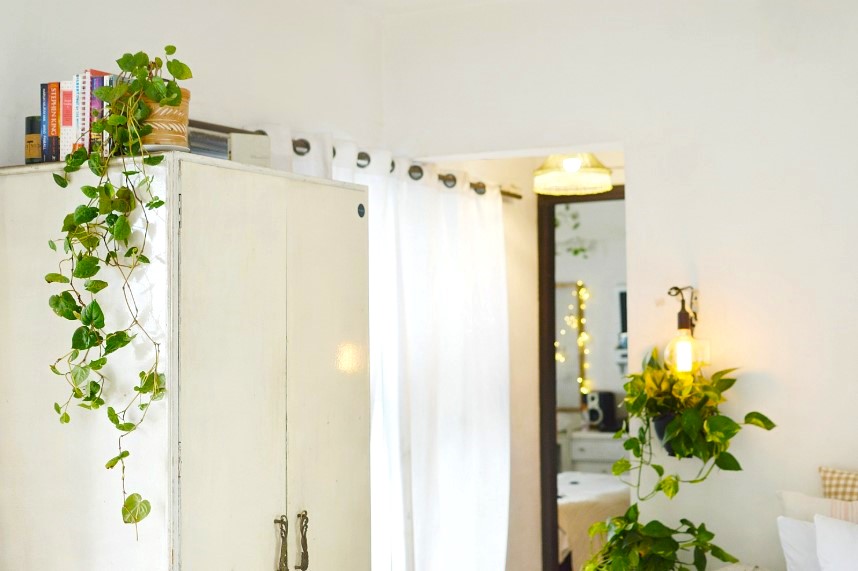
In Chinese Feng Shui, the money plant is linked with balancing Chi (energy). A healthy and thriving plant symbolizes a steady flow of wealth and opportunities.
The Chinese Money Plant (Pilea peperomioides) is especially used in Feng Shui practices and often gifted to wish someone prosperity.
04. Home Decor Benefits
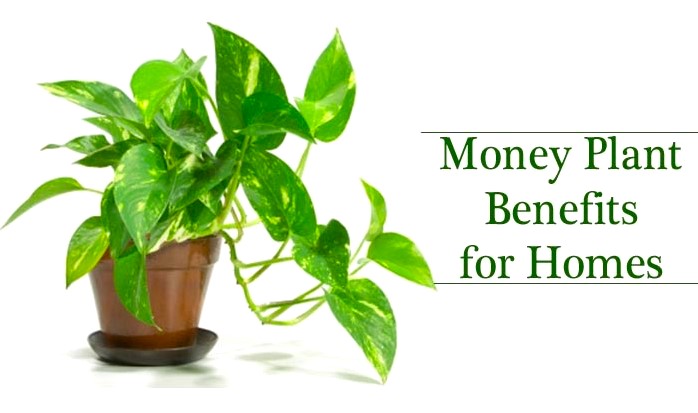
Beyond tradition and science, the plant is simply beautiful to look at. Its lush green vines brighten dull corners, its leaves look fresh year-round, and it grows well in creative setups.
- You can grow it in glass bottles with water for a modern touch.
- Hang it in balcony planters for a natural curtain effect.
- Keep a small pot on your work desk for daily positivity.
This is why the indoor plant trend has become so popular in recent years it’s décor plus wellness in one.
Vastu & Placement Guide for Money Plant (2025)
The placement of the plant is more than just decoration in Vastu Shastra and Feng Shui, it plays a key role in attracting wealth, health, and harmony. Placing your plant in the right direction ensures maximum growth and positivity at home.
Best Plant Direction
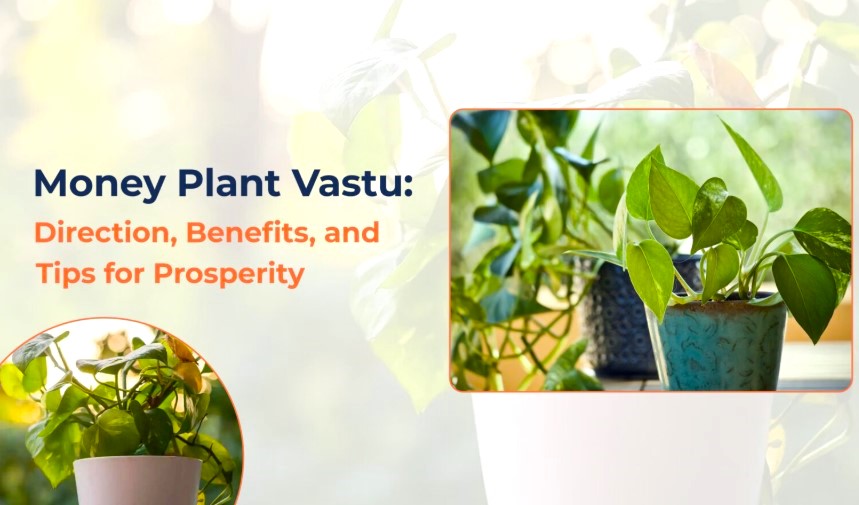
- South-East Corner: Considered the best spot for financial growth and prosperity. Lord Ganesha and Goddess Lakshmi are associated with this direction, making it ideal for wealth.
- North-East Corner: Supports harmony, peace of mind, and positive relationships. It also helps in reducing stress and increasing focus.
Where to Keep Plant at Home
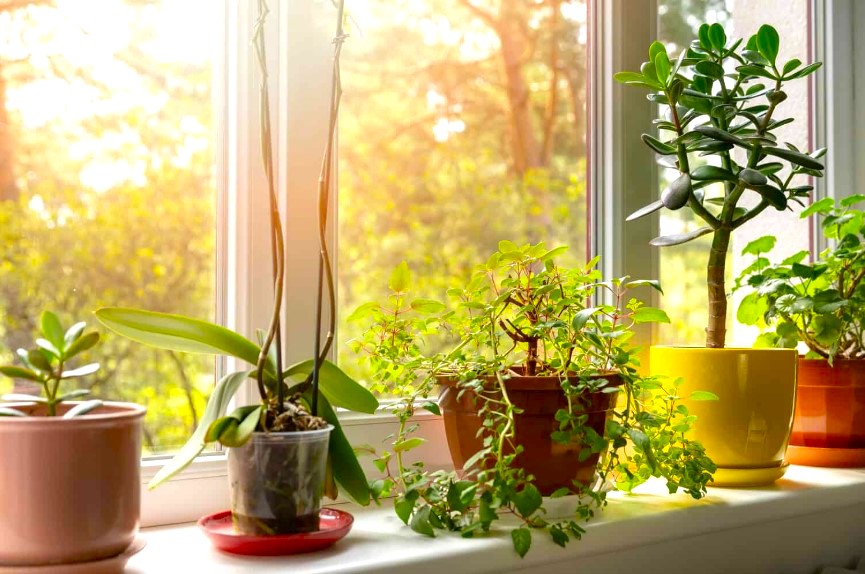
- Living Room: Keeps the environment lively and welcoming.
- Balcony or Near a Window: Ensures access to indirect sunlight, which keeps leaves green and healthy.
- Office Desk or Study Table: Boosts creativity, concentration, and productivity.
Where NOT to Place Plant
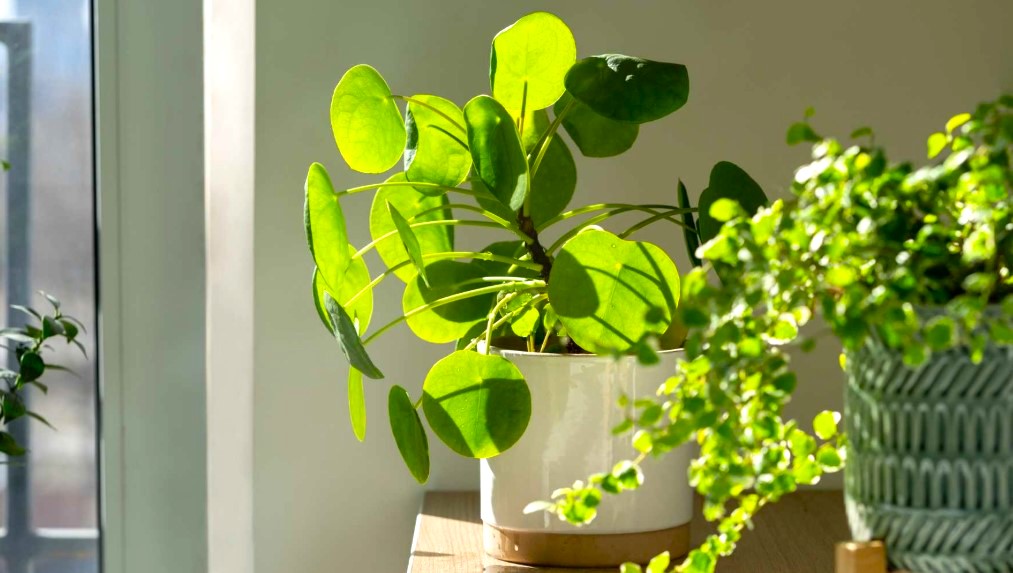
- North Direction: May lead to financial instability as per Vastu.
- Bedroom: Believed to create tension between couples and disturb sleep.
- Near Bathrooms or Kitchens: Can block the flow of positive energy.
How to Grow Money Plant
The money plant can be grown both in water and in soil, making it one of the easiest houseplants for beginners. Each method has its unique charm.
Growing Plant in Water
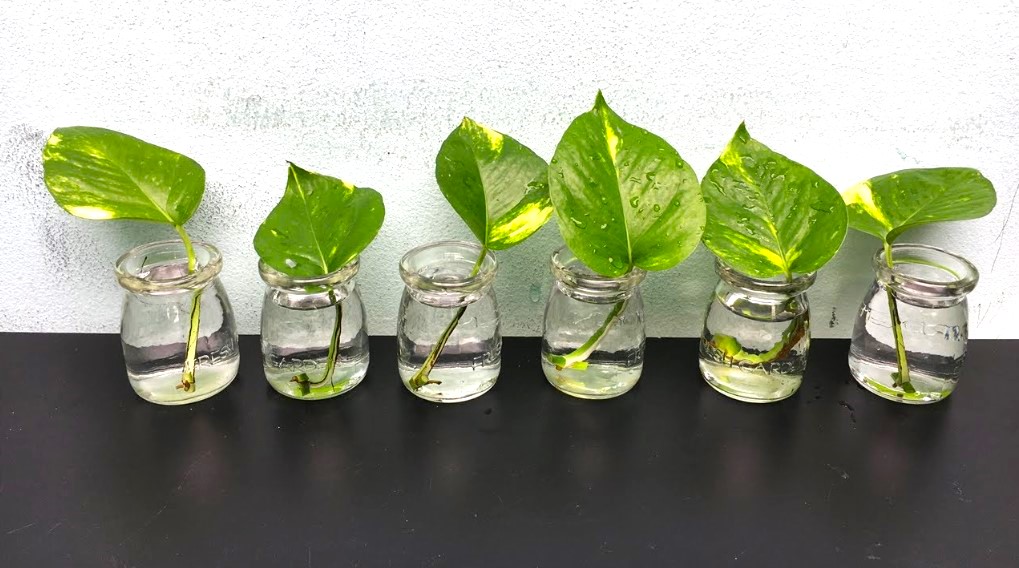
Growing money plant in water looks elegant, especially when placed in glass jars, bottles, or hydroponic containers.
Step-by-Step Guide:
- Select a healthy stem cutting with at least 2–3 nodes.
- Place it in a clean glass bottle or jar filled with water.
- Change the water every 7–10 days to keep it fresh.
- Keep the jar in bright but indirect sunlight.
Growing Plant in Soil
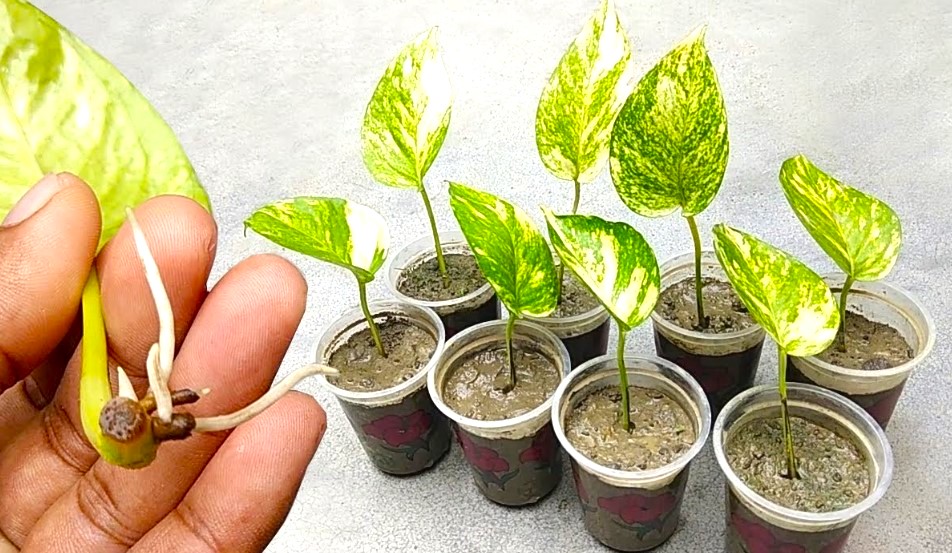
The soil method is ideal if you want faster growth and bushier leaves.
Step-by-Step Guide:
- Choose a pot with drainage holes to avoid waterlogging.
- Prepare a soil mix: 40% garden soil + 30% sand + 30% compost.
- Plant the stem cutting 2–3 inches deep in the pot.
- Water lightly and place in indirect sunlight.
General Planting Tips
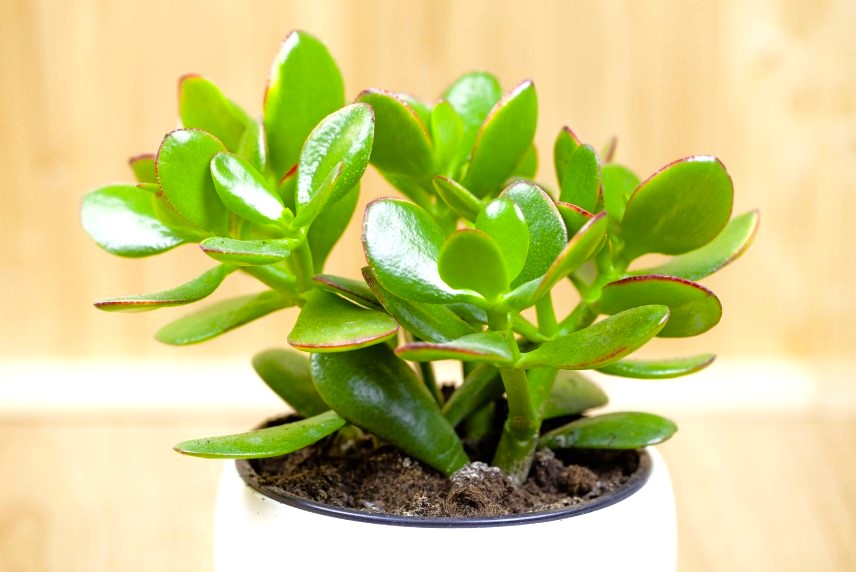
- Always use fresh cuttings from a healthy mother plant.
- You can start the plant in water and later shift it to soil for stronger growth.
- Best seasons: spring and monsoon (fastest rooting and growth).
Plant Care Guide 2025
How to Take Care of Money Plant
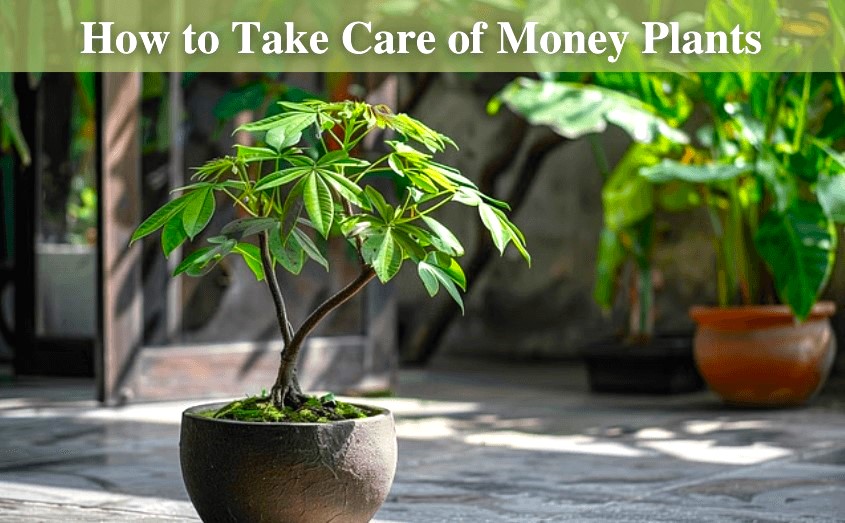
- Watering: Once or twice a week; let soil dry slightly before watering again.
- Fertilizer: Use organic compost once a month for soil-grown plants; use liquid fertilizer in water every 15–20 days.
- Pruning: Trim long vines to encourage bushy growth.
- Leaf Care: Wipe leaves with a damp cloth to keep them dust-free and shiny.
Fertilizer Tips
- In water containers, add a mild liquid fertilizer for nutrients.
- In soil pots, mix compost or vermicompost for natural nutrition.
How to Grow Money Plant Faster
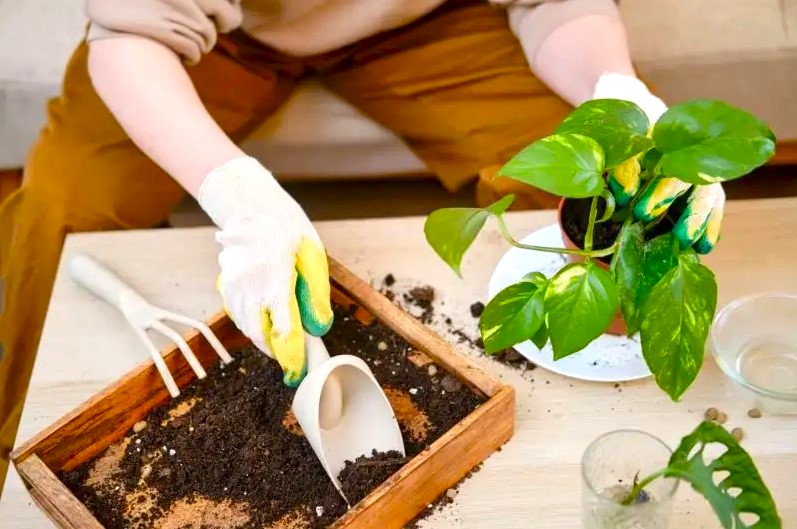
If you want quick results, try these growth boosters:
- Keep the plant in bright indirect light for at least 4–6 hours daily.
- Use nitrogen-rich fertilizer to promote green leafy growth.
- Regularly prune and pinch stems to encourage side shoots.
- Shift from water to soil for thicker and stronger vines.
Common Problems & Solutions
- Yellow Leaves: Usually caused by overwatering. Reduce watering and check drainage.
- Brown Leaf Tips: Low humidity or too much direct sunlight. Mist leaves occasionally.
- Slow Growth: May be due to poor soil mix or lack of light. Repot with compost.
- Pests (Aphids, Mealybugs): Spray with neem oil once every 2 weeks.
Styling & Décor Ideas
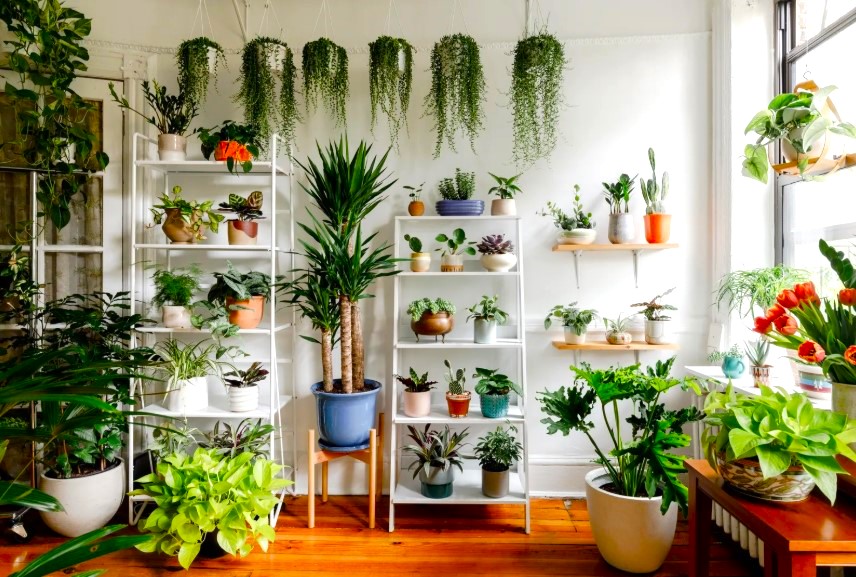
The money plant isn’t just lucky; it’s also a beautiful décor element.
- Hanging Pots: Ideal for balconies and corners.
- Glass Jars & Bottles: Perfect for modern, minimal interiors.
- Wall Planters: Saves space while adding greenery to blank walls.
- Office Desk Plant: A small potted plant can bring positivity and focus to your workspace.
Table: Pros & Cons of Growing Plant
| Pros | Cons |
| Easy to grow in both water & soil | Growth is slower in water compared to soil |
| Brings positivity, wealth, and good luck (Vastu/Feng Shui) | Overwatering can cause root rot |
| Improves indoor air quality by removing toxins | Sensitive to direct sunlight |
| Enhances home décor with its vibrant green leaves | Needs regular pruning to avoid messy vines |
| Can be propagated easily from cuttings | Believed to bring bad luck if placed in the wrong direction |
Final thought
The money plant is more than just a green decorative plant it’s a timeless symbol of luck, prosperity, and positive energy. Along with its cultural value, it also helps purify the air, making your home fresher and healthier.
Caring for a money plant is simple. Choose the right spot with indirect sunlight, water it just enough to keep the soil or water fresh, and trim it regularly to encourage new leaves. These small efforts ensure your plant stays lush and thriving throughout the year.
Whether you grow it in a stylish glass jar filled with water for décor or in nutrient-rich soil for faster growth, the money plant adapts easily and is perfect even for beginners.
As we step into 2025, adding a money plant to your home is more than just gardening it’s about inviting beauty, freshness, and positive vibes into your daily life. A small plant today can bring you big rewards tomorrow.
Can it be kept in the bedroom?
It’s usually not advised in Vastu. The best place is the living room or balcony, where it can spread positive energy.
How long does it take for new roots to appear?
With proper care, fresh cuttings start showing roots within one to two weeks in water or soil
What type of light does it need?
Bright, indirect sunlight works best. Too much direct light may burn the leaves, while too little light can slow down growth.
What’s the easiest way to keep it healthy?
Give it moderate water, trim long vines when needed, and feed it with mild compost once a month.
Can it grow well in water only?
Yes, it can live in water, but it usually grows faster and fuller in soil. Many people start it in water for style, then shift it to pots later.
Which direction is considered lucky for placement?
As per Vastu, the South-East corner is believed to attract wealth and positivity, making it the most popular placement choice.

